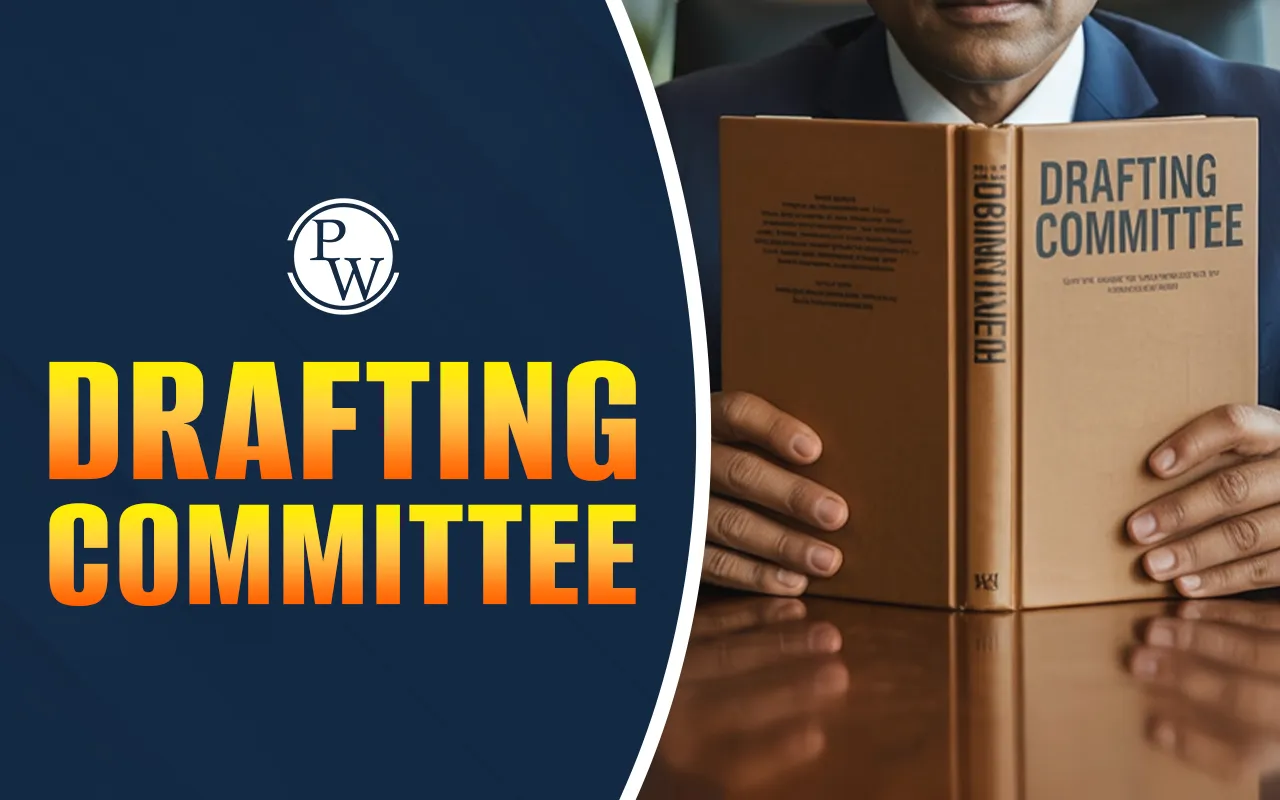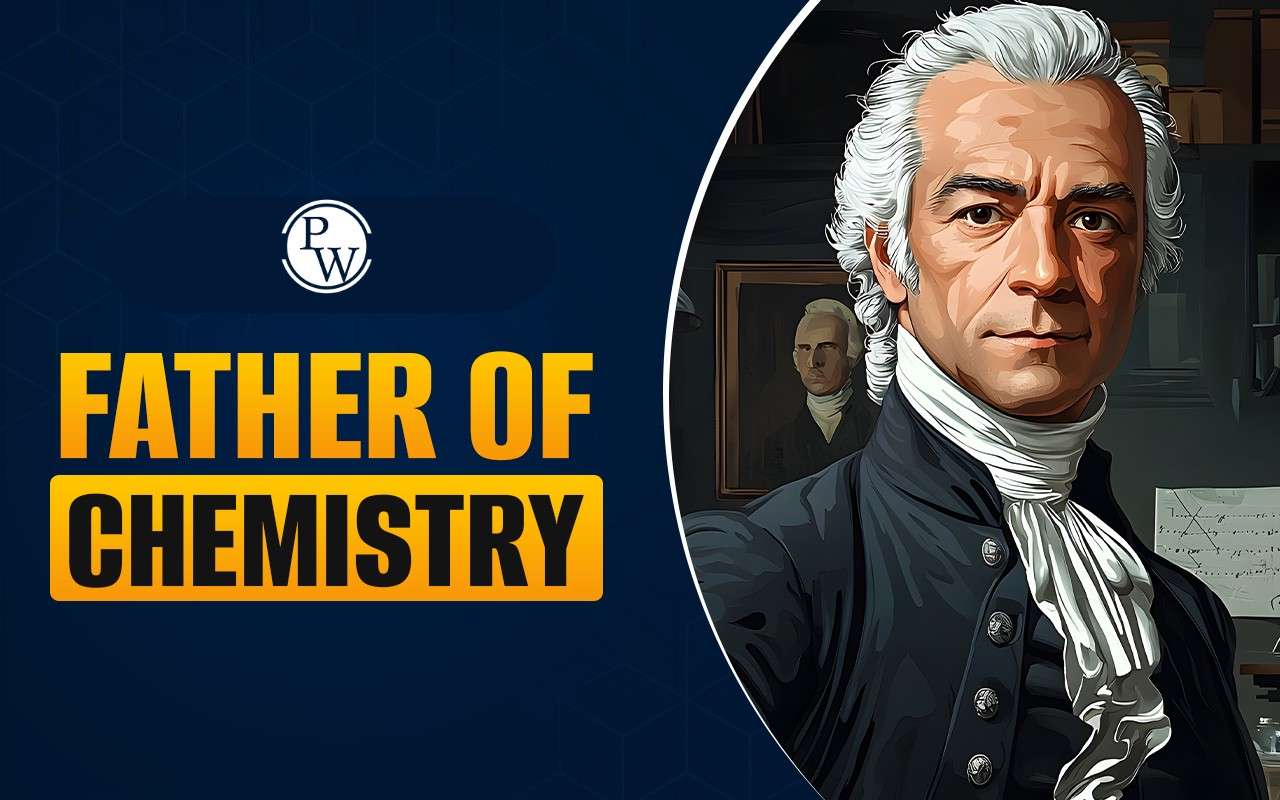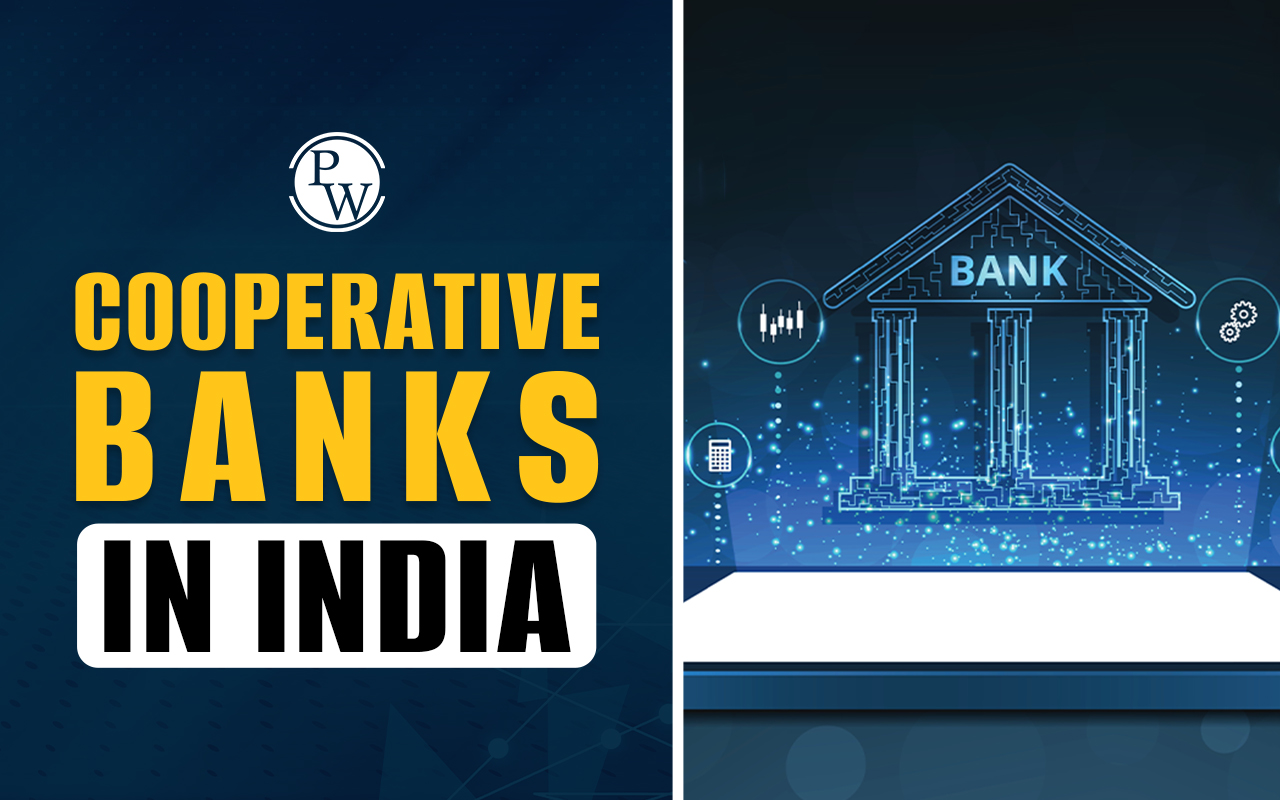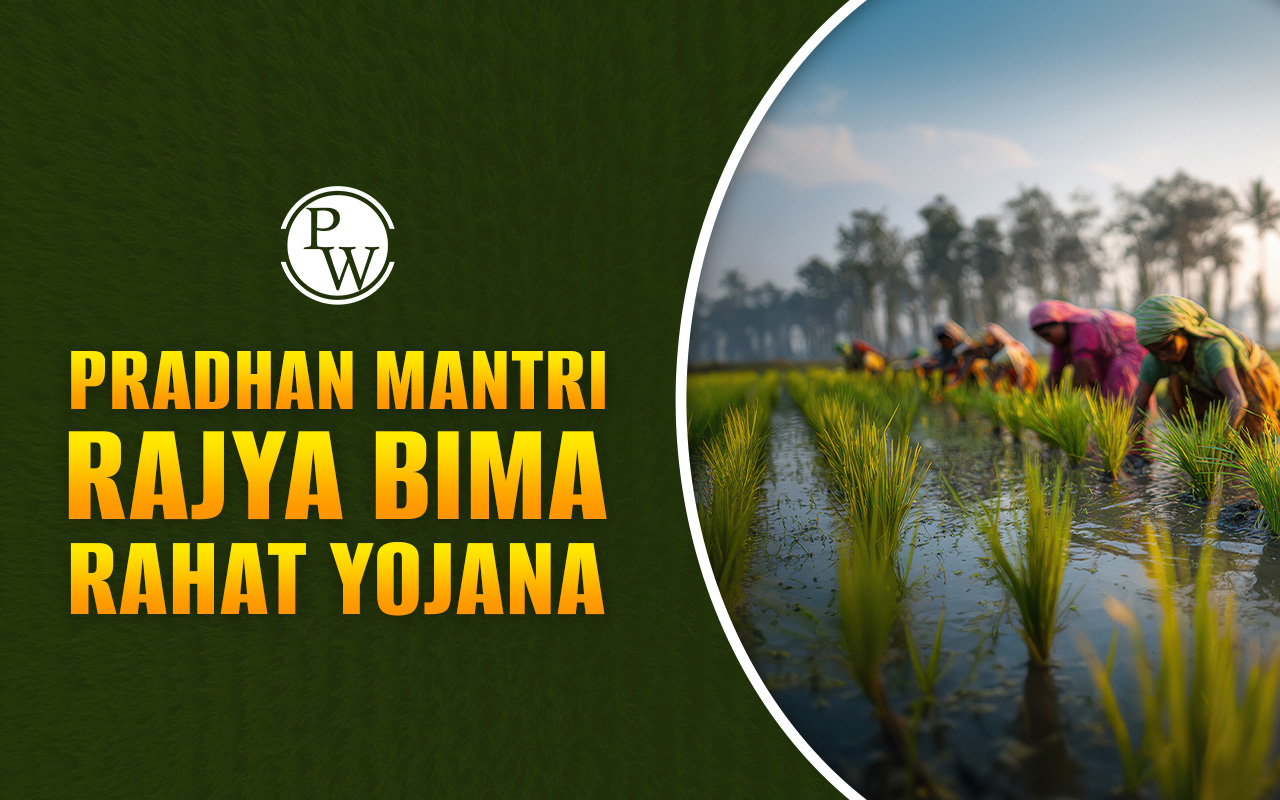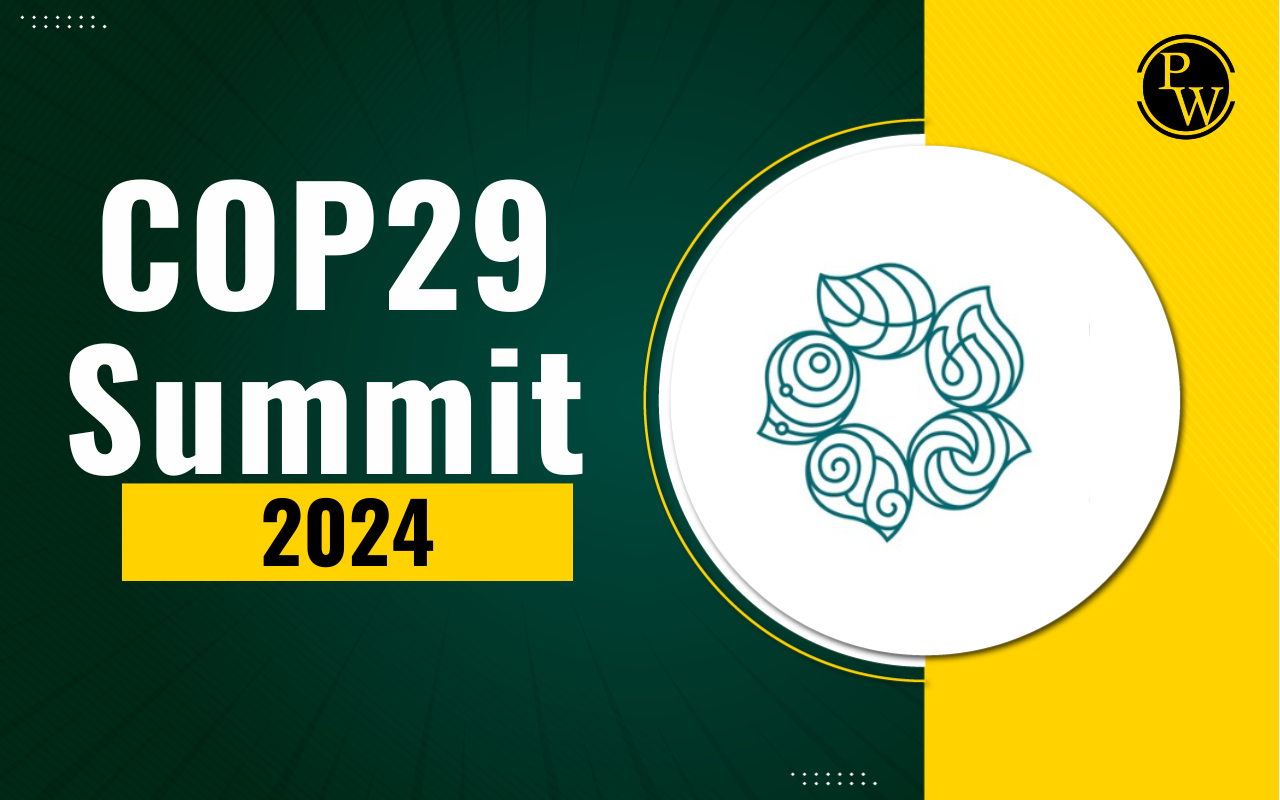
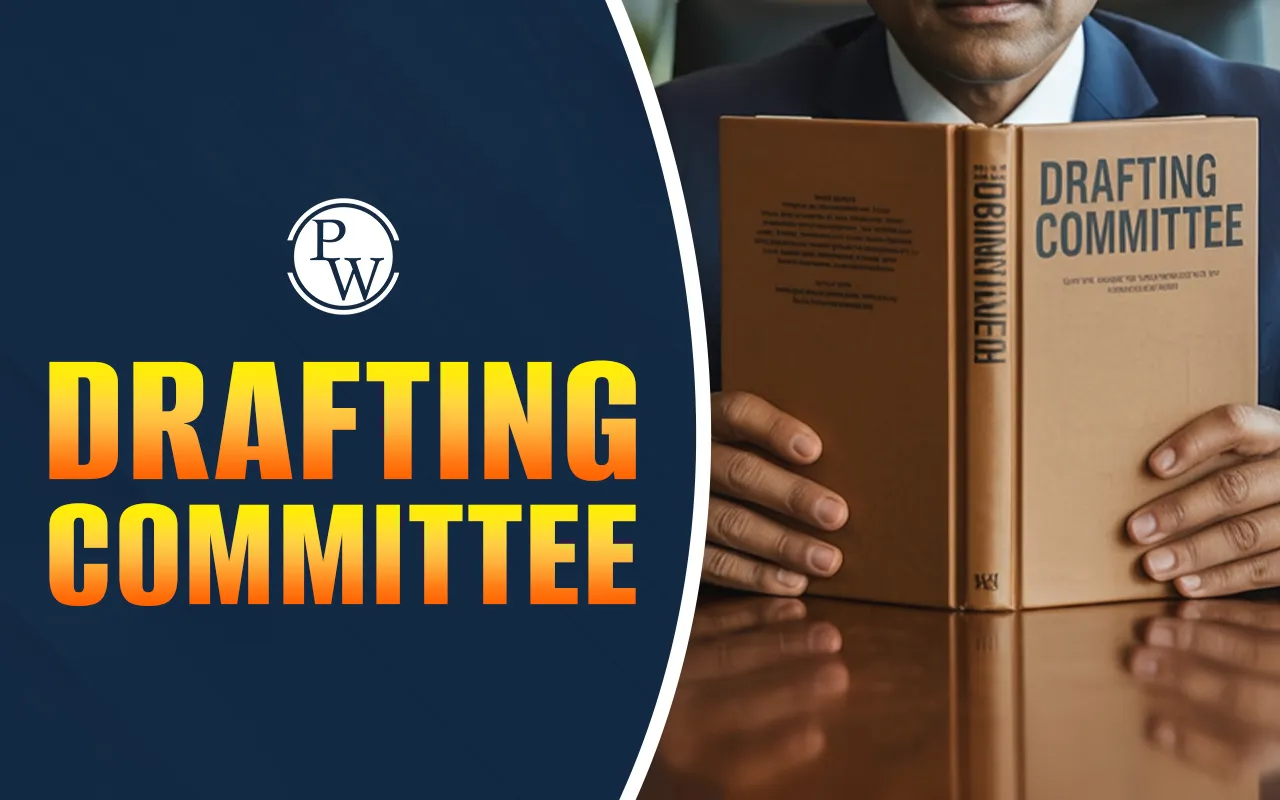
Drafting Committee of the Indian Constitution played a crucial role in shaping modern India. After independence in 1947, the Constituent Assembly took on the responsibility of framing the Constitution. To ensure proper structure and legal clarity, a separate committee was set up, known as the Drafting Committee. This body was tasked with turning the Assembly’s decisions into a legal document. Read on to learn more about the Drafting Committee.
Drafting Committee of the Indian Constitution
The Indian Constitution is the longest written constitution in the world. Creating it required in-depth knowledge of law, governance, and Indian society. To ensure this, the Drafting Committee, consisting of eminent jurists, legal scholars, and political leaders, was formed by the Constituent Assembly on 29 August 1947.
Its main task was to prepare a draft Constitution based on the reports submitted by various committees and the discussions held in the Assembly. The Drafting Committee used various sources like the British, American, Irish, Canadian, and Australian Constitutions to develop India’s unique framework. It made sure that the Constitution reflected the ideals of justice, equality, liberty, and fraternity.
Formation of the Drafting Committee
The Drafting Committee of the Indian Constitution was formally established by the Constituent Assembly on 29 August 1947. Over the next two years, the Committee met regularly, debated clauses, and consulted experts. They presented the first draft in February 1948, and the final version was adopted on 26 November 1949. Here is the key timeline:
| Date | Event |
| 30 August 1947 | First meeting of the Drafting Committee; Dr. B.R. Ambedkar elected as Chairman. |
| October 1947 | Committee received the initial draft from B.N. Rau. |
| 21 February 1948 | Draft Constitution (315 articles, 18 parts, 8 schedules) submitted to the President of the Constituent Assembly. |
| March & October 1948 | Committee reviewed feedback and prepared amendments based on suggestions from various stakeholders. |
| 4 November 1948 | Dr. Ambedkar introduced the Draft Constitution in the Assembly, initiating debates. |
| 17 October 1949 | Conclusion of debates and discussions on the Draft Constitution. |
| 3 November 1949 | Final version of the Constitution submitted. |
| 26 November 1949 | The Constitution of India was adopted by the Constituent Assembly. |
Drafting Committee Chairman
Dr. B.R. Ambedkar was the Chairman of the Drafting Committee of the Constituent Assembly of India. He was one of India’s most respected leaders, legal scholars, and social reformers, and played a central role in shaping the legal framework of the Indian Constitution. Dr. Ambedkar studied the constitutions of over 60 countries and used his expertise to create a structure suited to India’s needs.
As chairman, he handled complex debates on individual rights, federalism, minority protection, and social justice. Despite facing personal health challenges, Dr Ambedkar showed immense commitment. He ensured the Constitution stood as a document that could withstand the test of time, which earned him the title "Architect of the Indian Constitution."
Drafting Committee Members
The Drafting Committee originally had seven members. Over time, due to resignations and deaths, some members were replaced. Here is the list of Drafting Committee members:
Dr. B.R. Ambedkar
Dr. Ambedkar was the Chairman of the Drafting Committee and led the writing of the Constitution. He strongly supported justice, equality, and rights for all, especially for weaker sections of society. He later became the first Law Minister of independent India.
Alladi Krishnaswami Ayyar
Alladi Krishnaswami Ayyar was a well-known expert in law. He helped build the basic structure of the Constitution and worked to keep a balance between the powers of the central and state governments, while also making sure the courts remained free and fair.
N. Gopalaswami Ayyangar
A former Prime Minister of Jammu & Kashmir, N. Gopalaswami Ayyangar, was instrumental in drafting administrative provisions. He is best known for drafting Article 370, granting special status to J&K, and for shaping India’s parliamentary structure and civil services framework.
K.M. Munshi
A respected lawyer, writer, and political leader, K.M. Munshi brought cultural and historical perspectives to the Constitution. He actively supported the inclusion of the Directive Principles of State Policy and worked to protect India's cultural heritage and civilizational identity.
Mohammad Saadulla
A lawyer and politician from Assam, Mohammad Saadulla, focused on protecting minority rights and ensuring federal inclusivity. He played an important role in representing the interests of Northeast India and contributed to framing provisions that balanced regional and national priorities.
B.L. Mitter
A legal expert, B.L. Mitter, contributed to the early development of judicial provisions in the Constitution. He resigned from the Drafting Committee due to ill health and was later replaced by N. Madhava Rao.
Debi Prasad Khaitan
A prominent lawyer, D.P. Khaitan, was an early contributor to the drafting process. He was involved in key legal formulations before his untimely death in 1948, after which his position was filled by T.T. Krishnamachari.
N. Madhava Rao (Replacement)
N. Madhava Rao replaced B.L. Mitter on the Drafting Committee. A respected administrator, he contributed to refining judicial and administrative aspects during the latter stages of the Constitution’s development.
T.T. Krishnamachari (Replacement)
T.T. Krishnamachari joined the Drafting Committee after D.P. Khaitan’s death. A seasoned administrator, he played a crucial role in shaping the economic and administrative provisions of the Constitution, bringing a practical approach to governance and fiscal policy.
Key Functions Performed by the Drafting Committee
Below are the key functions the committee performed by Drafting Committee:
-
Drafting the Constitution: Its primary task was to prepare a legal document based on reports from the Constituent Assembly. The committee drafted detailed provisions covering fundamental rights, directive principles, duties, centre-state relations, and more.
-
Incorporating Diverse Ideas: The committee reviewed recommendations from other committees and included them where suitable. It balanced the views of nationalists, minorities, social reformers, and regional leaders.
-
Legal Structuring and Clarity: It ensured the Constitution was written in simple, clear, and logical language. The members debated each article to make sure there was no confusion in interpretation.
-
Ensuring Fundamental Rights: The Drafting Committee gave special attention to civil liberties. It ensured the inclusion of Fundamental Rights like equality, freedom, and protection against discrimination.
-
Handling Feedback: After presenting the draft, the committee welcomed public suggestions and incorporated valuable feedback. This made the Constitution more inclusive and democratic.
-
Making India a Sovereign Republic: The final Constitution declared India a Sovereign, Socialist, Democratic Republic and ensured universal adult franchise. The committee played a key role in finalising this vision.
In essence, the Drafting Committee of the Indian Constitution worked with deep commitment, vision, and care. It gave India a framework that promotes justice, liberty, and equality. Led by Dr B.R. Ambedkar, the committee made sure every citizen got a fair chance under the law.
Want to prepare better for UPSC? Explore the PW's UPSC courses today and boost your chances with guidance and structured learning!
Drafting Committee FAQs
What was the Drafting Committee?
When was the Drafting Committee of the Indian Constitution formed?
Who was the Chairman of the Drafting Committee?
How many members were in the Drafting Committee?
When was the Constitution of India finally adopted?

UPSC Coaching
